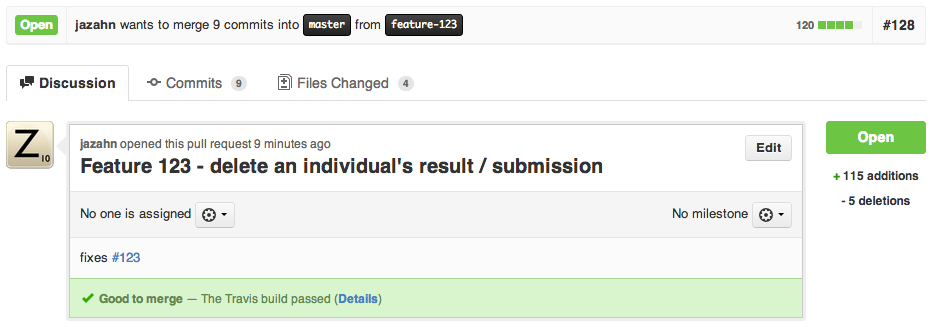A few years ago, my team got into Open Source. Specifically, we started writing all of our apps on github (as opposed to our SVN). We wanted to do this because we wanted to invite scrutiny. We never expected people to look at our stuff, we just felt that by putting it out in the open, we’d want to do better internally.
We went whole-hog. Organized stories with issues, organized sprints with milestones. It was pretty hot stuff. And it was all in the open. Potentially, someone could come by, see what we’re doing and offer to take a story from the backlog of issues. That’s open source. ish. We have a lot more we can do. A lot of growth to do.
Then we started using Jira. The board system within Jira Agile was excellent. Allowed for better organization, reporting!, and visual representations of work. It’s great. It’s Agile. But it also replaced what we were doing with Github issues.
We essentially replaced Open Source in favor of Agile. Our organization is great, we’re keeping track of things fantastically, but we’re no longer open. We don’t have transparency on what we’re working on anymore. People can’t potentially help. Our code is out there, but we’re not inviting. Our process is no longer out there.
So what’s our solution? We don’t have one yet. But what /can/ we do?
We need to put our vision statement out there. We need to put our plans out there. We need to expose what it is we’re doing. We also need to stay agile, keep our tools intact, keep our reporting.
This means we probably need to be duplicating efforts. Open Source and Agile are both hard work and organization. That they can’t line up and be the same effort is not a blocker, just an “oh well”.
 A couple of months ago, we had a very successful presentation on vagrant/puppet. Given by a developer, it sparked motivation in some devops enthusiasts to give a workshop. It went really well. (
A couple of months ago, we had a very successful presentation on vagrant/puppet. Given by a developer, it sparked motivation in some devops enthusiasts to give a workshop. It went really well. (

